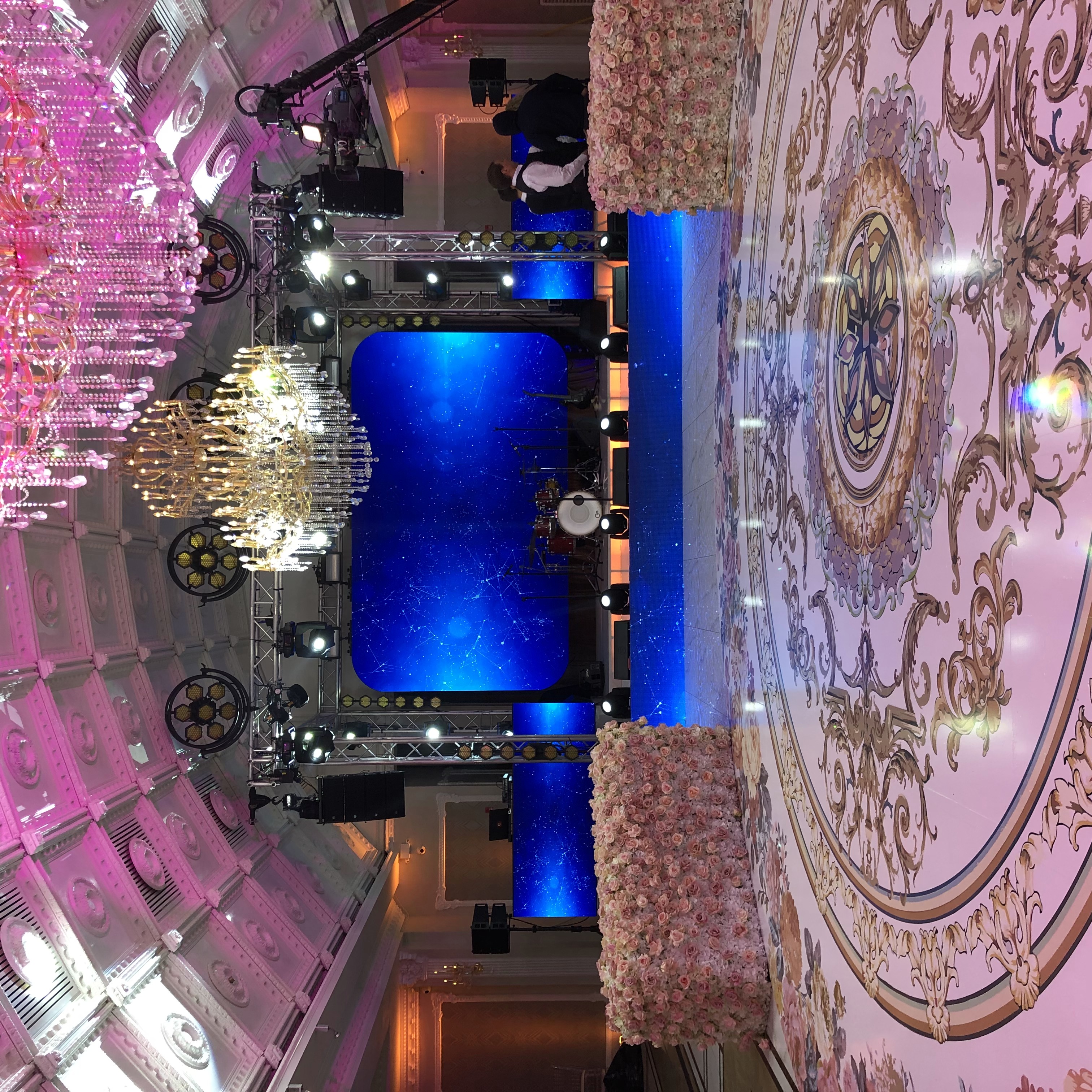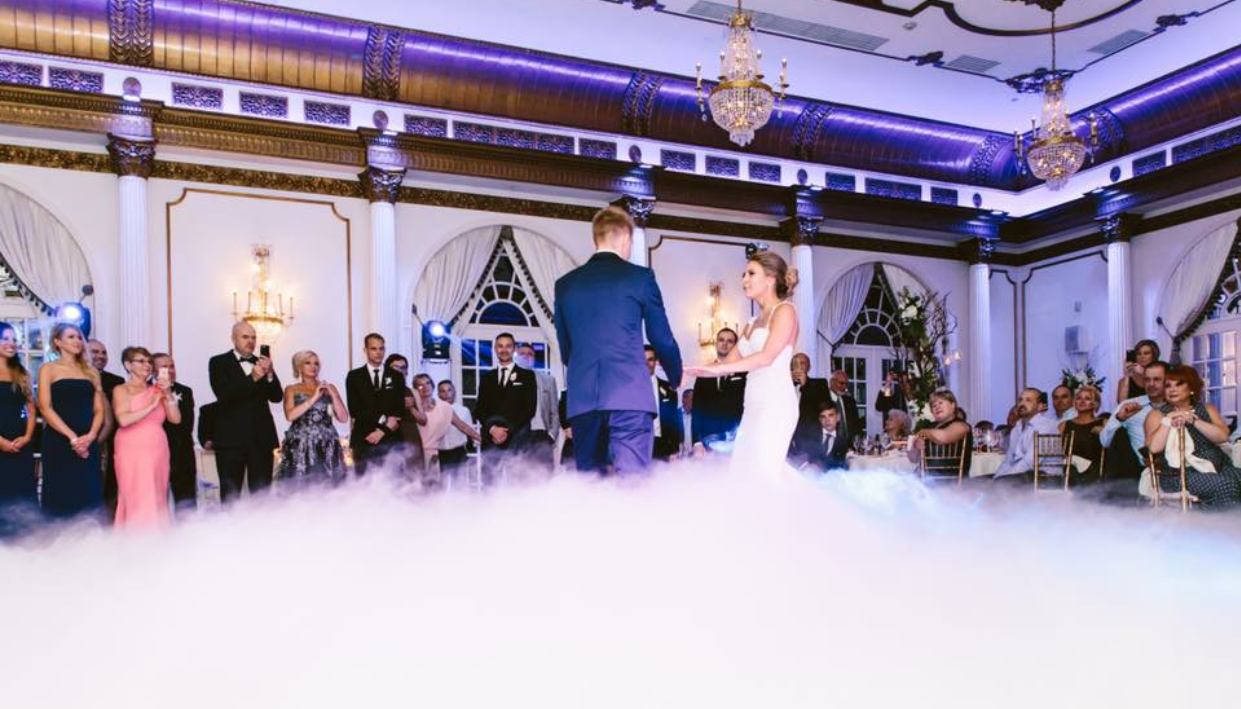Frequently Asked Questions
How does the choice of material impact the weight-to-strength ratio in truss design for live events?
The choice of material in truss design significantly influences the weight-to-strength ratio, which is critical for structural integrity and performance during live events. Lightweight materials such as aluminum are often favored for their high strength-to-weight ratios, allowing for easier assembly and transport while maintaining the necessary load-bearing capacities required to support audiovisual equipment, lighting rigs, and staging elements. In contrast, traditional steel may provide superior tensile strength but adds considerable mass that can complicate rigging logistics and increase overall setup time. Advanced composites or engineered timber offer alternative solutions by combining lightweight properties with enhanced durability; however, they may require specialized fabrication techniques that could affect cost efficiencies. Ultimately, selecting the appropriate material entails balancing factors like yield strength, stiffness characteristics, fatigue resistance under dynamic loads from audience interactions or environmental conditions such as wind shear—ensuring both safety compliance and optimal aesthetic appeal throughout the event duration.
When considering outdoor event trusses, aluminum presents several advantages over steel, including its lightweight nature which facilitates easier transportation and installation, as well as enhanced corrosion resistance that is crucial for outdoor environments exposed to moisture. Additionally, aluminum trusses offer a sleek aesthetic appeal while requiring less maintenance than their steel counterparts. However, the disadvantages of using aluminum include lower tensile strength compared to steel and potentially higher costs associated with premium-grade alloys for maintaining structural integrity under heavy loads or adverse weather conditions. Conversely, steel trusses provide superior durability and load-bearing capacity ideal for large-scale events but are heavier and more prone to rusting if not properly coated or maintained. Ultimately, the choice between aluminum and steel in constructing robust yet lightweight frameworks will depend on specific event requirements such as weight limits, environmental exposure risks, budget constraints, and desired design flexibility.
Environmental factors play a crucial role in the material selection for temporary truss structures utilized in festivals, as considerations such as weather conditions, humidity levels, and temperature fluctuations significantly impact structural integrity and performance. For instance, regions with high UV exposure require materials with enhanced ultraviolet resistance to prevent degradation over time. Similarly, areas prone to heavy rainfall or snow necessitate water-resistant properties and lightweight yet durable composites like aluminum alloys or galvanized steel that can withstand corrosion while maintaining load-bearing capacity. The choice of non-toxic finishes is also vital for sustainability concerns amidst increasing environmental regulations. Additionally, wind loads must be accounted for when selecting lattice configurations and bracing systems to ensure stability against gusts common during outdoor events. Overall, the interplay between these environmental elements influences not only durability but also safety standards within festival settings where quick assembly and disassembly are essential.
Material finishes such as powder coating and galvanization significantly influence the maintenance requirements for trusses during events by enhancing their corrosion resistance, durability, and aesthetic appeal. Powder coating provides a protective layer that not only prevents oxidation but also offers UV stability, reducing the likelihood of fading or chipping over time; this minimizes repainting needs in high-traffic event spaces. Galvanization, on the other hand, involves applying a zinc coating to steel trusses which acts as a sacrificial barrier against rust formation, thus extending structural integrity under varying environmental conditions. Both finishes contribute to lower lifecycle costs through reduced cleaning frequency and less extensive repairs post-event due to their resilience against scratches and impacts from equipment handling or crowd movement. Moreover, these coatings can facilitate easier inspection processes since they often highlight areas requiring attention without necessitating disassembly or invasive methods. Ultimately, optimal material finish choices lead to significant reductions in downtime for maintenance activities while ensuring safety standards are upheld throughout multiple uses within dynamic event environments.
Materials used in large-scale event applications must meet specific certifications to ensure safety and compliance, including ASTM E84 for surface burning characteristics, NFPA 701 for flame propagation of textiles and films, and ISO 9001 for quality management systems. Additionally, adherence to OSHA regulations is crucial for workplace safety standards. Fire-resistant materials should be certified under UL (Underwriters Laboratories) classifications, such as UL 94 or similar fire hazard assessments. For outdoor events, weather resistance ratings like IP65 are essential to protect against moisture ingress. Furthermore, compatibility with environmental sustainability practices may require certification from organizations such as GreenGuard or LEED standards to minimize ecological impact while ensuring structural integrity during high-traffic scenarios at venues. Overall, comprehensive testing through recognized laboratories ensures that all materials contribute effectively to the overall safety framework of any large-scale event environment.

